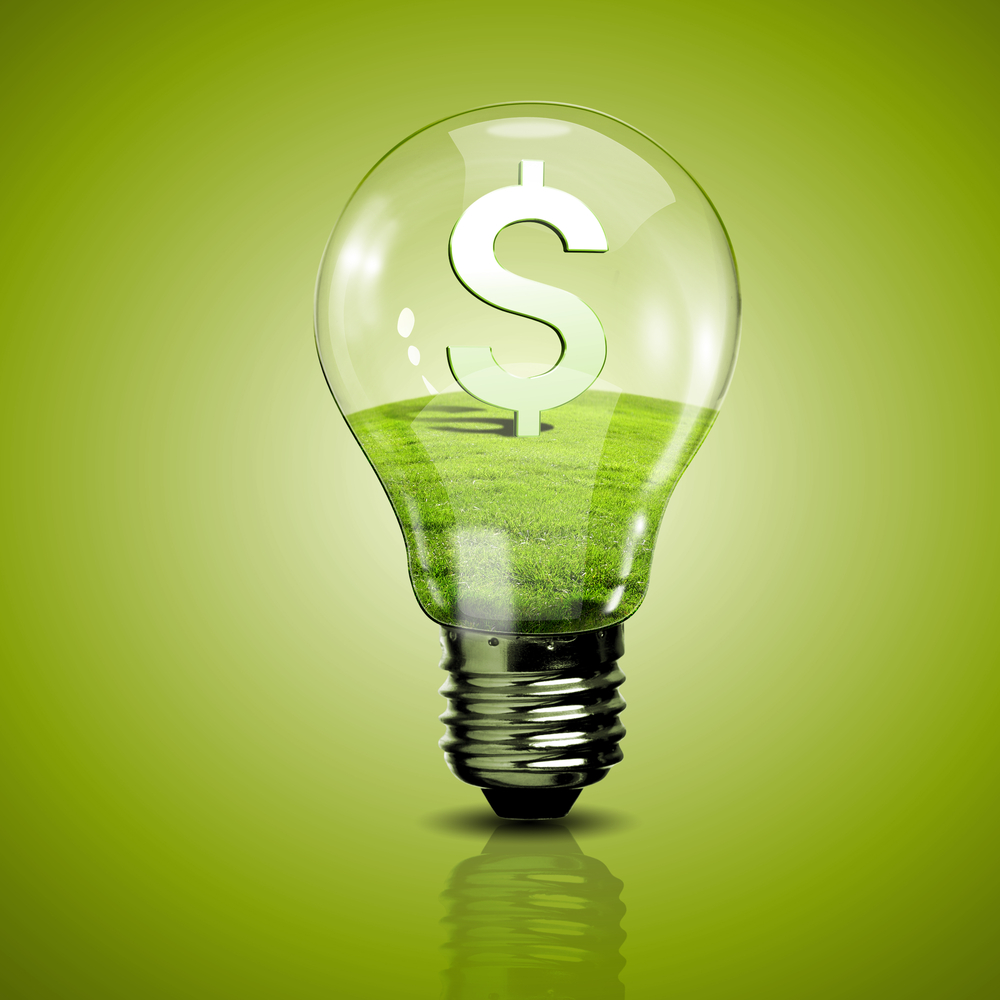

Shop around for a good energy provider and think about ventilation…
It’s now official if you didn’t know already but electricity (and gas prices) have increased sharply in recent years and indications are that prices will continue to increase. It’s well established in most people’s minds that the cost of energy is increasing in Australia and now research is backing this up showing that average wholesale power prices for the east coast states have increased between 150 per cent and 240 per cent over the past two years according to WattClarity energy consultants.
Last July the three major retailers (who control 90% of the market in NSW) announced increases of up to 20 per cent a year for the average customer in some states. These big electricity retailers also own the three largest electricity generators in NSW. The biggest increase for residential customers will be for AGL customers in ACT, who will pay an extra $579 a year for a combined electricity and gas rise. In NSW, residential Energy Australia customers will see electricity prices increase by up to 19.6 per cent. Origin Energy customers will get a 16.1 per cent rise.
Unfortunately according to a report released recently, the Australian Energy Market Commission found about 70 per cent of people were not shopping around for the best deals on electricity. It went onto say this was despite that shopping around could save some households up to $507 a year on electricity (38 per cent). So at the very least if building a home or not – shop around!
But building a new home is a major investment and the considerations go far and beyond what energy provider to use. In fact recent data now shows consumers are embracing renewable energy to try and take control of their electricity bills. Solar is becoming a very popular option to consider when looking at energy expenditure (after you have shopped around for the best deal for electricity in the first place.) But solar can be expensive and in particular when you consider a battery which is an important element for storage to get optimal use from solar panels and reasonable return on investment on the solar cost. So solar is not for everyone given the upfront costs. But we need to take a closer look at the energy make in a home as there are other more cost effective ways to consider reducing the household quarterly energy bill.
According to the Government website Your Home, Heating and cooling accounts for 40% of household energy use, making it the largest energy cost in the average Australian home. Drilling down on this element of energy use in the household, a major government report looking specifically at this area over the long term – “Energy use in the Australian residential sector 1986-2020 – Part 1 says that “….Of all the major end uses, space cooling is forecast to show the most rapid growth over the study period with an average growth of 16.1% per annum.”
If you want to tackle increasing energy costs when building a new home then thermal comfort and the price we pay for it has to be a consideration. A new way to tackle the increasing space cooling element of the energy mix is to design into the home a ventilated ridge. This is a new concept in Australia but well used throughout Europe. Check out the new ventilated ridge system at www.rapidridge.com.au which claims to offset cooling energy costs by up to 43%. It’s passive and requires no maintenance and works 24/7 once installed. Achieving thermal comfort in the home will come at a cost as summers get hotter each year across Australia for everyone….. but for the people smart enough to do their homework it will cost a lot less.
